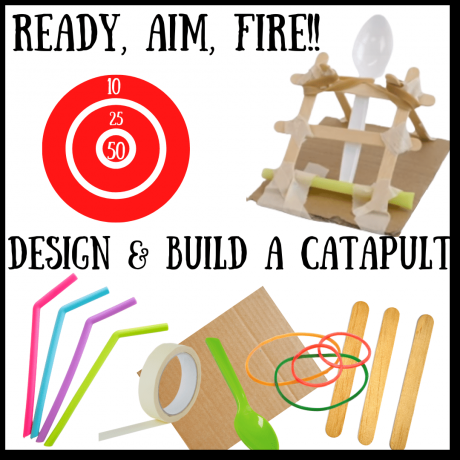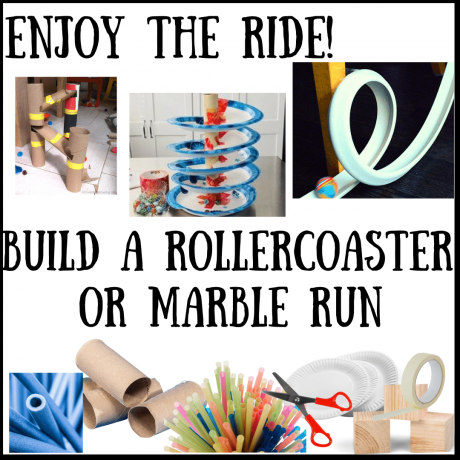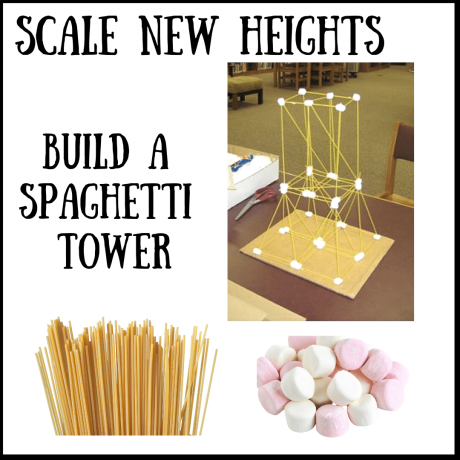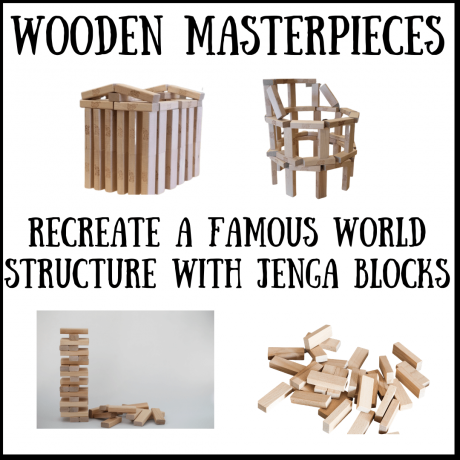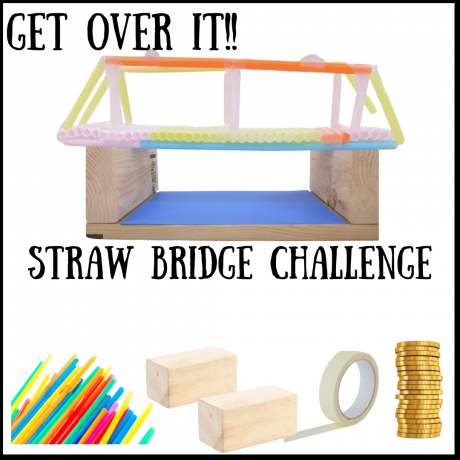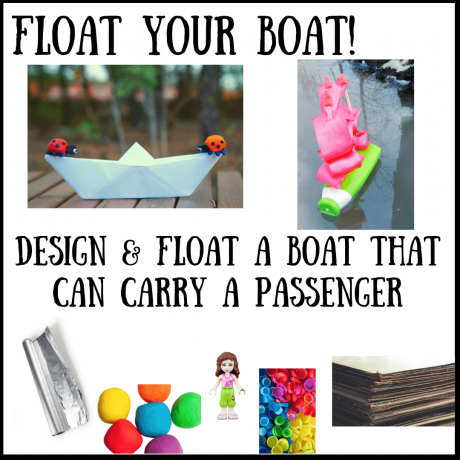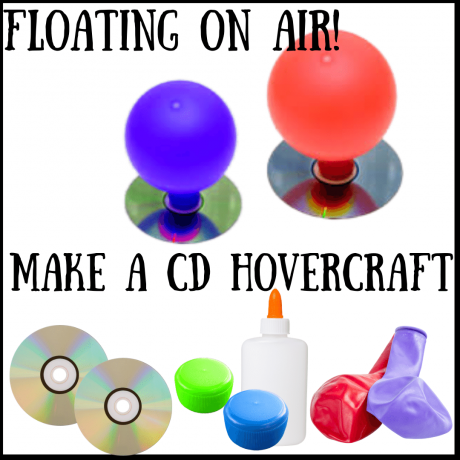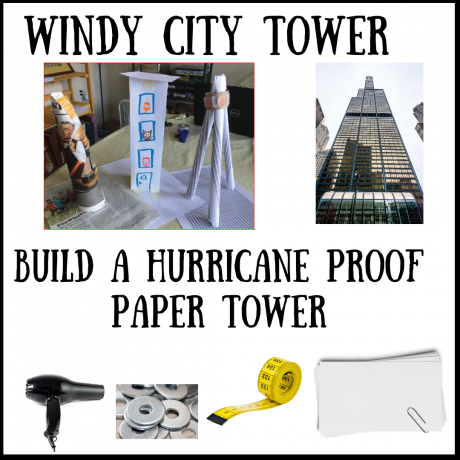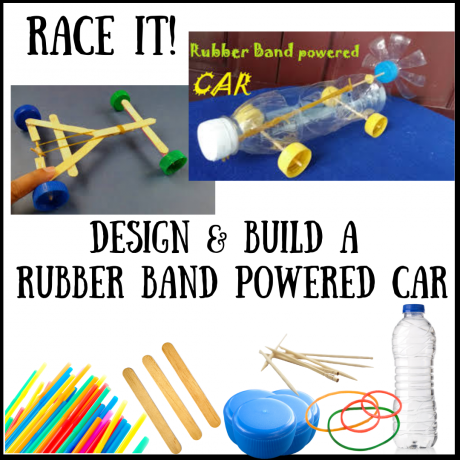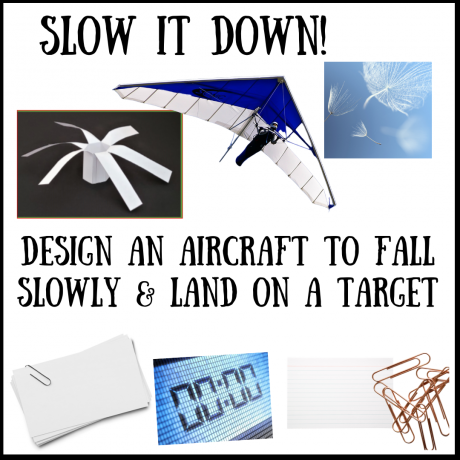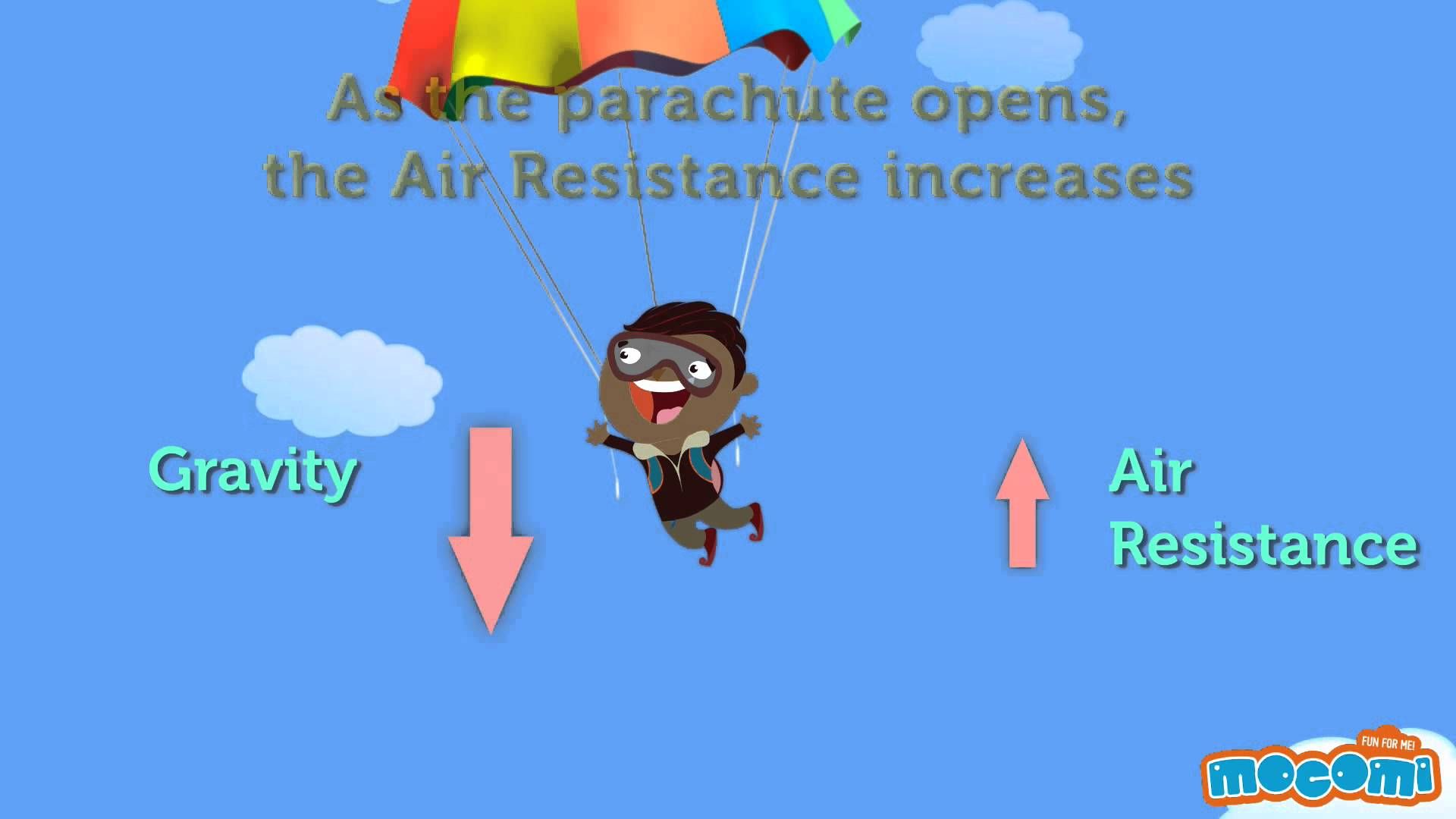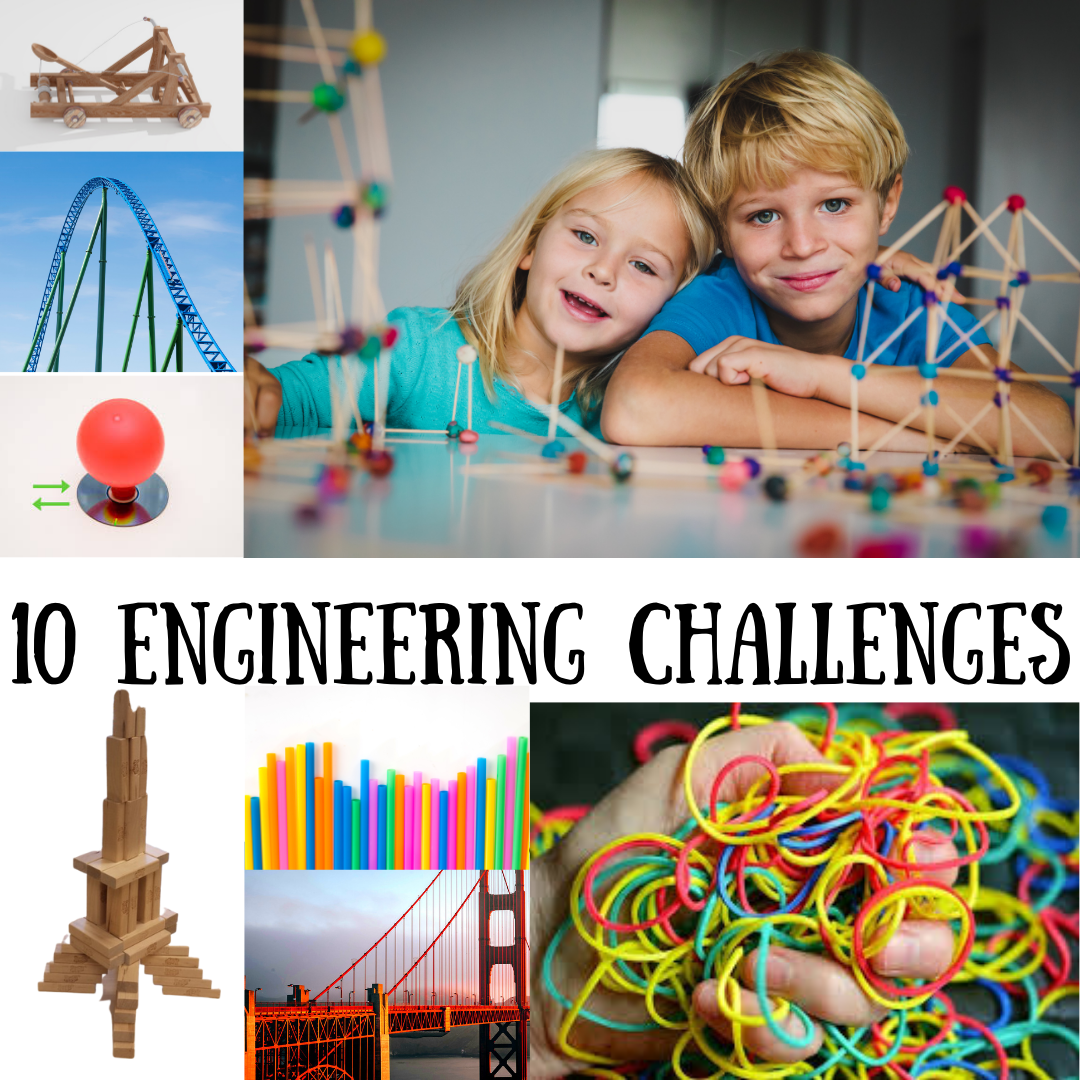 All of the challenges can be completed using recycled household materials. So once you've got your challenge follow the instructions that we've added below, gather the materials you need and off you go!
All of the challenges can be completed using recycled household materials. So once you've got your challenge follow the instructions that we've added below, gather the materials you need and off you go!
To help you complete the challenge you should follow the Engineer's Design Process described below. Remember there is no right or wrong way to do these challenges - there are lots of ways. So experiment with materials you have in your house and with different ways of putting things together. And if at first you don't succeed, try again! But most of all Have Fun!!
We would love to see some photos or short videos of your completed challenges so upload your photos here.
Engineer's Design Process
Engineer's use a process when designing solutions to problems
Ask - what is the problem or what is it you are trying to make?
Imagine - brainstorm ideas for how you might go about your design, research how other people might have done or get inspiration from existing designs or even nature.
Plan - make a plan for how you will build and sketch some possible deigns
Create - use your chosen design to build
Improve- test your design to see if it does what you intended. Note any things that didn't work or could work better and see if you can find a way to improve them.
